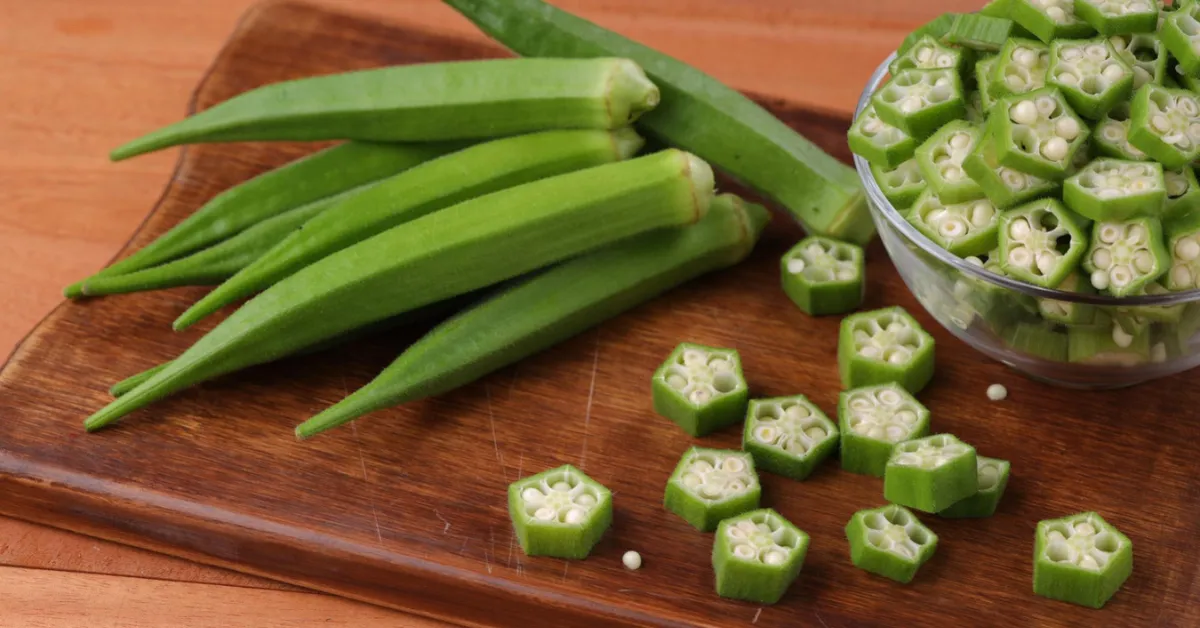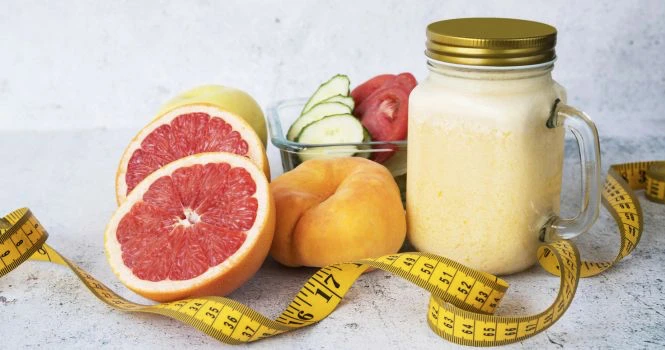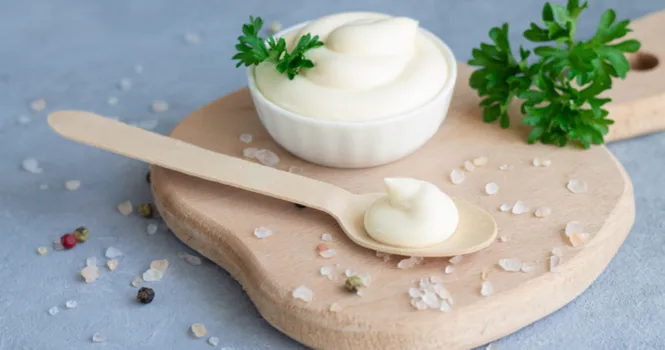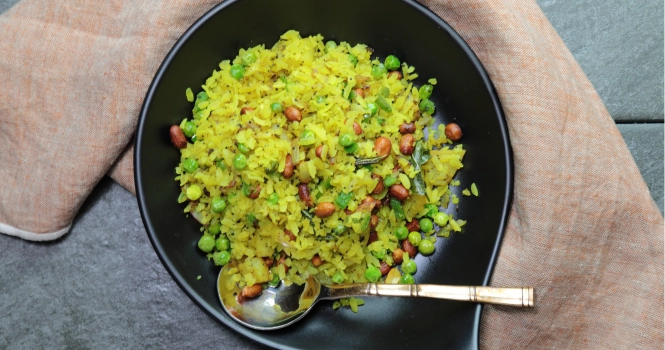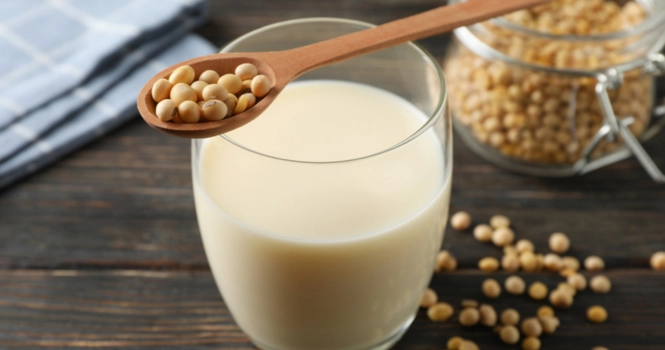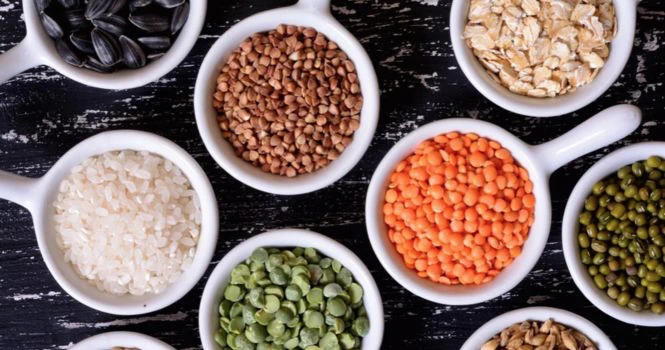Exploring the Calories in Pani Puri: A Health and Nutrition Perspective
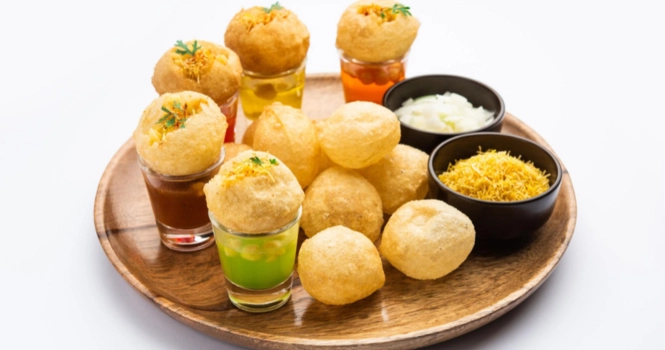
Calories in Pani Puri: Unveiling the Nutritional Profile of India’s Favourite Snack.
This delightful street food, known for its tantalizing blend of flavors, is often enjoyed without much thought to its nutritional aspects. Indulge in its flavors while understanding its health implications.
Let’s get into details to know everything about Pani Puri’s
Common Ingredients in “Pani”
- Water
- Mint leaves
- Coriander leaves
- Tamarind pulp
- Jaggery or sugar (if a sweet version is made)
- Spices like cumin powder, black salt, chaat masala, pepper, etc.
- Lemon juice
- Green chilies
Variations in Ingredients of Puri
- Semolina or Rava: The most common type of puri for Pani Puri is made from semolina (suji or rava)
- Wheat Flour Puri: If whole wheat flour is used, the fiber content would be slightly higher.
- Mixed Flour Puri: Some recipes use a mix of flours like semolina, wheat flour, and sometimes all-purpose flour, which can slightly alter the nutritional profile.
- Baked Puri: Baked versions are available and would contain less fat compared to the traditional fried version.
Calorie content for various servings and styles of Pani Puri
| Description | Serving Size | Calories (Approx.) | Notes |
| Pani Puri (Plain Shell) | 1 piece | 10-15 | Just the puri, without filling or flavored water |
| Pani Puri with Potato | 1 piece | 20-30 | Includes potato filling |
| Pani Puri without Potato | 1 piece | 15-20 | Puri with other fillings, excluding potato |
| Pani Puri (Golgappa) | 1 piece | 20-30 | Common term in Northern India for Pani Puri |
| Pani Puri | 6 pieces | 120-180 | Standard serving with fillings |
| Pani Puri | 5 pieces | 100-150 | – |
| Pani Puri for Weight Loss | Varies | Varies | Depends on fillings and preparation |
| Golgappa | 12 pieces | 240-360 | A larger serving size |
| Homemade Pani Puri | Varies | Varies | Depends on recipe and ingredients |
| Pani Puri (Air Fryer) | 1 piece | 10-20 | Lower calorie due to air frying method |
Frequently Asked Questions
How many calories does 1 plate pani puri have?
The calorie content in one plate of Pani Puri (also known as Golgappa) can vary based on several factors, including the size and number of puris, the type of fillings used, and how they are prepared.
A standard plate usually consists of 6 to 8 puris. Here’s an approximate breakdown:
- Each Puri: Roughly 10-15 calories (considering it’s fried and made from semolina or wheat flour).
- Fillings: Common fillings like tamarind chutney, mashed potatoes, or chickpeas add some calories, but not significantly.
- Pani: The spiced water is generally low in calories, unless sweetened.
So, 1 plate of Pani Puri (6-8 puris) could range from 80 to 120 calories, give or take, depending on the specifics of the preparation.
Can we eat pani puri while dieting?
Pani Puri can be included in a diet, but there are some considerations:
- Portion Control: Be mindful of the number of puris you consume, as the calories can add up.
- Preparation Method: Opt for baked puris if available, as they are lower in calories than fried ones.
- Fillings: Choose healthier fillings like sprouted beans or chickpeas, and avoid high-calorie or sweetened tamarind chutney.
- Frequency: Enjoying Pani Puri as an occasional treat rather than a regular part of your diet is advisable.
Are Golgappas High in Calories?
- On their own, individual golgappas are not very high in calories. However, because they are often consumed in larger quantities and are typically fried, the total calorie count can become significant.
- The fillings and toppings can also add to the calorie content.
How many calories in a 2 piece puri?
Based on the average estimates, 2 pieces would contain around 20-60 calories in total.
What is unhealthy in pani puri?
While Pani Puri is a beloved snack, there are a few aspects that may be considered less healthy:
- Fried Puris: The puris are usually deep-fried, contributing to higher fat content. Regular consumption of fried foods isn’t recommended in a healthy diet.
- Hygiene Concerns: When eating Pani Puri from street vendors, there’s always a concern about the cleanliness of the water used for the pani and overall hygiene standards. It may carry health risks due to fly contamination…Learn more about what happens when a fly lands on your food.
- High Sodium: The pani often contains high levels of salt and spices, which can contribute to increased sodium intake.
- Sweetened Tamarind Chutney: If sweet chutneys are used, they can add sugar to the snack.
Who invented pani puri?
The exact origin of Pani Puri is somewhat debated and not clearly documented, making it a bit of a culinary mystery.
It is widely believed to have originated in the Indian subcontinent, possibly in the regions of Uttar Pradesh or Bihar. Some stories suggest that it was created as a hygiene-friendly version of phuchkas (another variant of this snack), which used untreated water.
Over time, Pani Puri has become popular across India and in other countries, with regional variations in names and fillings.



